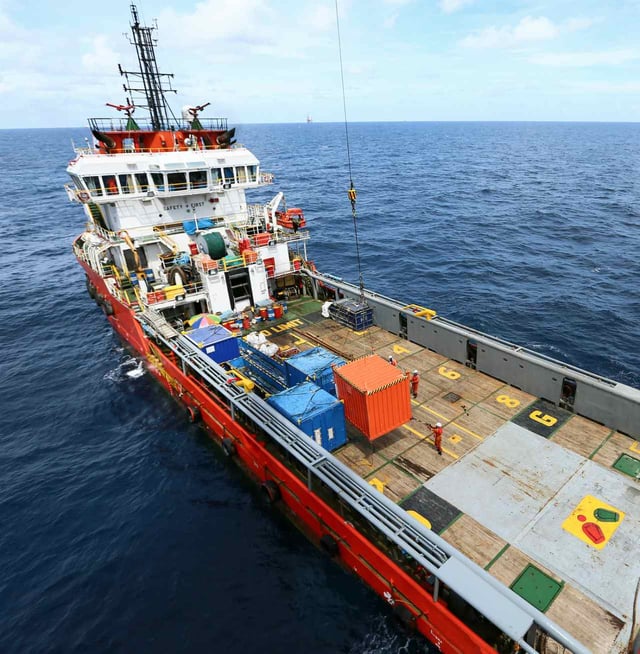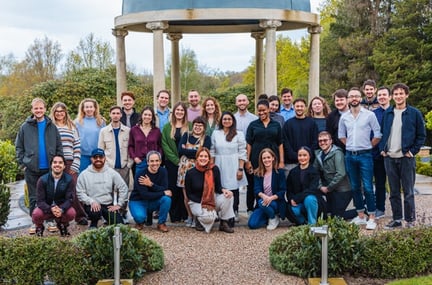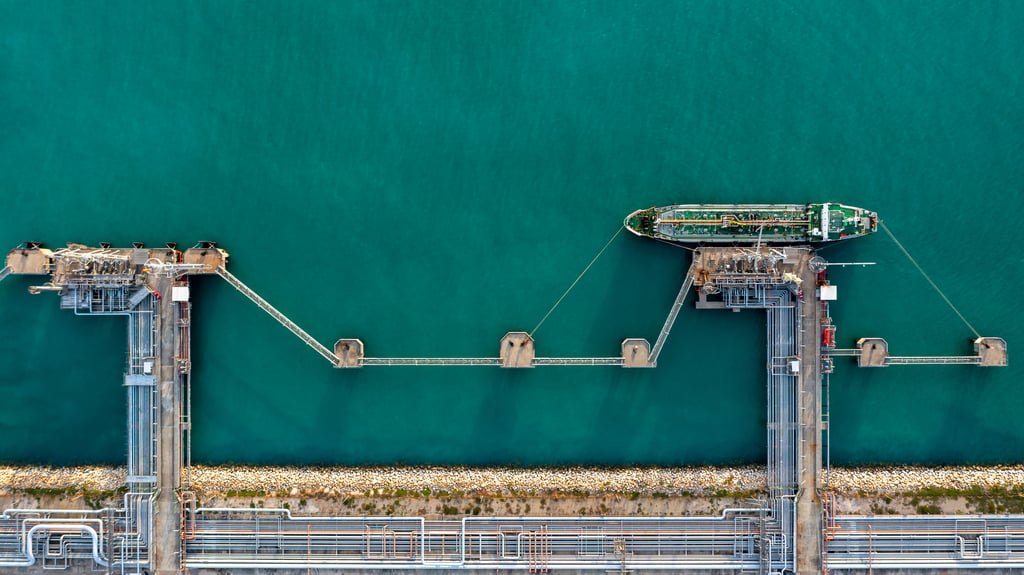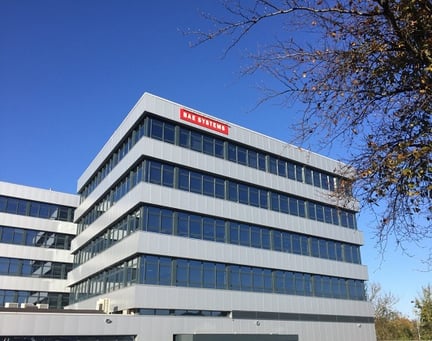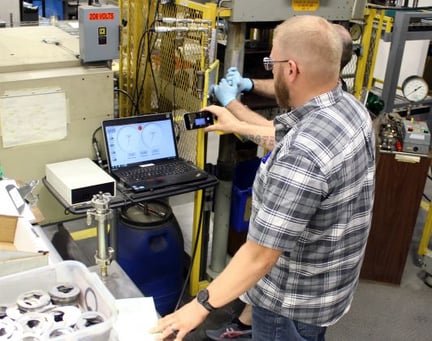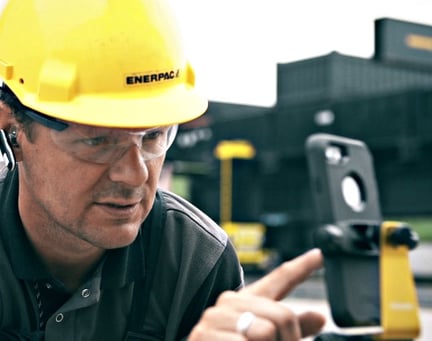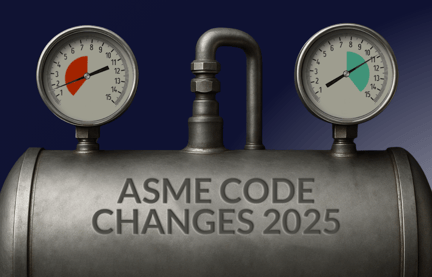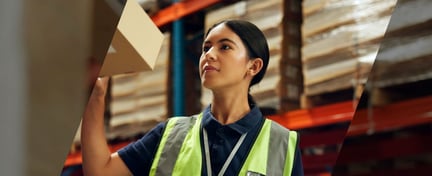It's no secret that a global standard for offshore containers has been a long time coming.
Consider this...
When the committee started its work on what would become "ISO 10855 - Offshore containers and associated lifting sets:"
- the price of oil was $140/barrel.
- the (first) Great Recession was just beginning.
- Gordon Brown was the UK prime minister (what’s Brexit?)
- …and George W. Bush was at the end of his term.
Yes - it was early 2008. ISO standards are not quickly issued; being a global standard, there many factors to consider.
International input for an international standard
LRQA was part of the international industry group shaping the standard, so we are well familiar with the process. Now, in 2018, we finally have ISO 10855, published in three parts:
- Part 1: Design, manufacture and making of offshore containers
- Part 2: Design, manufacture and marking of lifting sets
- Part 3: Periodic inspection, examination and testing
ISO standards are truly global, and the process to produce them bears that out. Representatives from manufacturers, end users, and classification societies all came together over the course of that time to discuss and debate what should be involved. Like a mini-United Nations, not everyone agrees all the time. For example, there are key differences in how Americans and Europeans view standards, so a middle ground had to be struck.
Like a mini-United Nations, not everyone agrees all the time. There are key differences in how Americans and Europeans view standards, so a middle ground had to be struck.
Also, while the standard was being created, there was a significant accident in the North Sea that affected the committee's work. An offshore container got snagged on a supply ship, pulling a rig crane into the water. That made us significantly re-consider the risks associated with snagging. The offshore container manufacturer Swire in particular did a lot of real world testing in this regard, and as a result ISO 10855 addresses snagging, whereas EN 12079 did not.
Speaking of EN 12079, it is a very “European” standard in that it exclusively references EN standards. That did cause some problems for companies around the world, as manufacturing hubs shifted to Asia and operations in the Americas follow a different path.
ISO 10855 now has references to ISO standards if they exist, or ASNT standards. This can only be good for the industry, as it points us all to one set of rules for construction.
The new standard is also good news for offshore container leasing companies. Containers built to the 10855 standard can be moved freely around the world, and more than likely wherever they go, there will be teams who can repair or upgrade them according to the standard, which in turn means we have one level safety standard.
One outstanding issue...
An outstanding issue is the fact that the IMO Circular 860 - the original law of the seas when it comes to offshore container inspection and certification - references EN 12079 as being acceptable, but doesn’t reference ISO 10855. It’s also not clear when the circular will be updated , howeverin the foreword for ISO 10855 it specifically states that it supersedes EN 12079 which is acceptable pending the update.
Today, LRQA is seeing the global manufacturing for offshore containers pick up again as oil prices rise, and some clients are requesting that their containers be ISO 10855 compliant. We can absolutely deliver this service, as part of the LRQA Container Certification Scheme (LRCCS).
In addition to our work on the ISO 10855 committee, we are developing new digital tools to help our clients electronically store and retrieve vital certificate for their container assets, to allow customers to remote witness inspections and tests, and have confidence in the inspection process with the new Inspection & Test Plan electronic tools.
We have also updated our popular guide, "Understanding Offshore Container Certification" to include the ISO 10855 standard, as well as the U.S.-based API 2CCU standard. You can download your copy here.
ISO 10855 now has references to ISO standards if they exist, or ASNT standards. This can only be good for the industry, as it points us all to one set of rules for construction.
The new standard is also good news for offshore container leasing companies. Containers built to the 10855 standard can be moved freely around the world, and more than likely wherever they go, there will be teams who can repair or upgrade them according to the standard, which in turn means we have one level safety standard.

